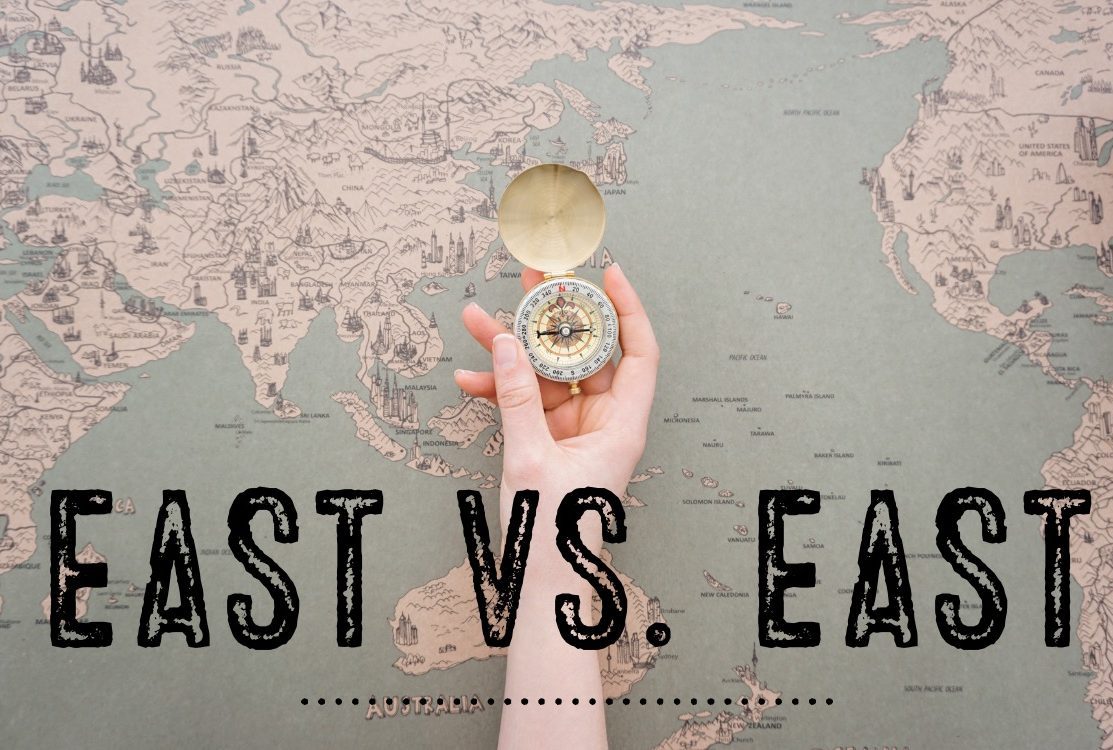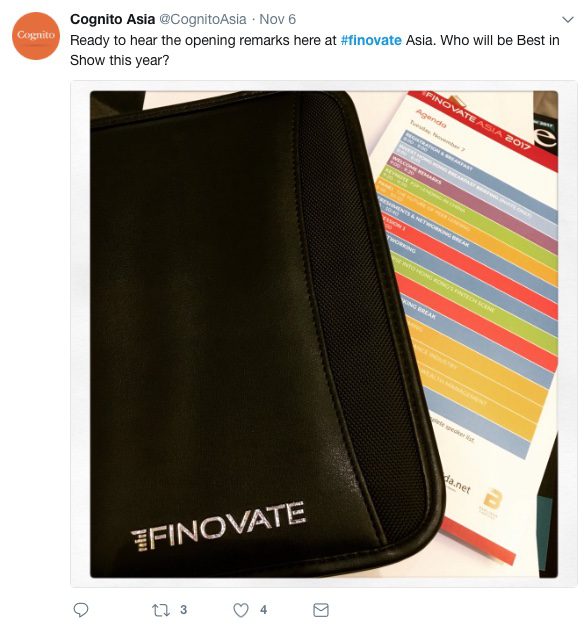
With our newest conferences– FinovateAsia and FinovateMiddleEast– back-to-back, we wanted to examine unique trends to those regions. Each place has its own distinctive culture, and with that comes not only individual financial needs, but also a particular set of regulatory rules. These factors not only create different fintech environments but also heavily influence the trends of each region.
With that, we’ve dissected both regions and the trends that are most popular to each area. While both of these geographical areas share most of the trends listed, this classification showcases which are most popular in each area.
Asia Pacific
Population of around 4.5 billion people
- Regulatory environment
Following the Ezubao ponzi scheme in 2016, regulators in Asia Pacific have increased their focus on regulating non-traditional fintech. The same is true for traditional banks, for which regulators have stepped up their stress testing requirements this year to include more intricate and diverse scenarios. According to a survey conducted at the Thomson Reuters ASEAN Regulatory Summit 2016, the 500 delegates cited three specific areas of focus on misconduct. A total of 56% cited mis-selling financial products, 24% cited money laundering and 12% cited market manipulation. Integrity, which is key to any regulatory outfit, seems to be lacking in this region, however. In the same survey mentioned above, 63% of delegates said they were “unhappy” with how regulators dealt with misconduct issues. - Unique trends
- Mobile wallets
In the U.S., consumers have failed to adopt mobile wallets, even after big players such as Apple and Google have made them accessible. In Asia, however, where shopping and technology are king and queen, the use of deals, offers, and promotion to speed mobile wallet adoption has been successful. In fact, a recent Forrester Research study found that 76% of metro Chinese consumers use mobile wallets or are interested in it. In rural regions, however, cash remains king. - Blockchain
An increasing number of applications for the blockchain in fintech combined with a record amount of funding into the region have boosted the use and adoption of the blockchain in Asia Pacific. Currently, more than 80% of bitcoin transactions are made in Chinese Yuan. And don’t forget about Singapore, whose central bank recently announced plans to implement a tokenized Singapore dollar on an Ethereum-based Blockchain. - Leveraging AI
Chinese companies are currently leading the global war for AI. Mega corporations such as Alibaba, Tencent, Ping An, and Baidu are leveraging the technology not only for payments and insurance, but also for personal loans, SME loans, credit ratings, wealth management, crowdfunding, and currency exchange. Additionally, more consumers in Asia embrace technology and are less likely to fear the loss of privacy that may come with the use of AI.
- Mobile wallets
Middle East/North Africa (MENA)
Population of around 381 million people
- Regulatory environment
When it comes to bank ownership and capital disbursement, the MENA region has stringent requirements. On average, however the World Bank reports that central banks in MENA are weak when it comes to supervisory efforts. As an example, 69% and 79% of MENA countries reported having the power to suspend or remove either a bank director or a manager, respectively. These figures are generally in the 90th percentile when it comes to other emerging market and developing economies. However, as with any area with a wide range of economic freedom, there is a mixed regulatory picture in this region. - Unique trends:
- Sharia-compliant banking
The MENA region contains the highest percentage of Muslims in the world. This group faithfully adheres to Shariah Law, which prohibits usury. Banking models that circumvent the paying of interest include Mudarabah (Profit and loss sharing), Wadiah (safekeeping), Musharaka (joint venture), Murabahah (cost plus), and Ijar (leasing). - Cross-border transactions
Internet usage and ecommerce activity are both on the rise in this region. In the United Arab Emirates, for example, the number of internet users has reached 99% and online shoppers represent 62%, which is 25% more than last year. Much of the online purchasing activity represents cross-border transactions. Outside of ecommerce, trade finance in the oil-rich region has long been important, and cross-border money transfers play a large role in this. - Underbanked technologies
In the MENA region, 86% of adults don’t have a bank account. When compared to the 31% in Asia Pacific lacking access to traditional financial services and the 39% global average of underbanked individuals, there is a much larger opportunity for startups in the MENA region to serve this demographic.
- Sharia-compliant banking
You can get a closer look at fintech in Asia by taking a look at the demo videos (available soon) from FinovateAsia last week. And for fintech in the MENA region, check out our FinovateMiddleEast conference early next year.






















 Presenter
Presenter






 Presenters
Presenters Carlos M. Gonçalves, Head of Marketing & Sales
Carlos M. Gonçalves, Head of Marketing & Sales